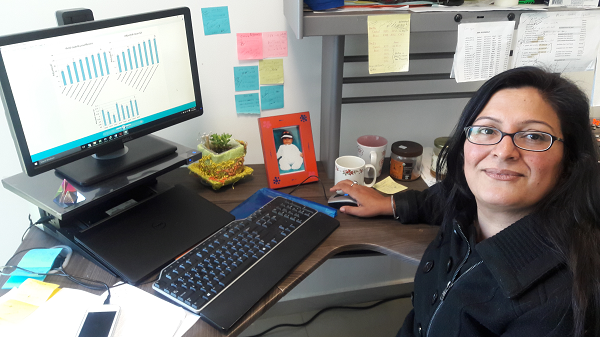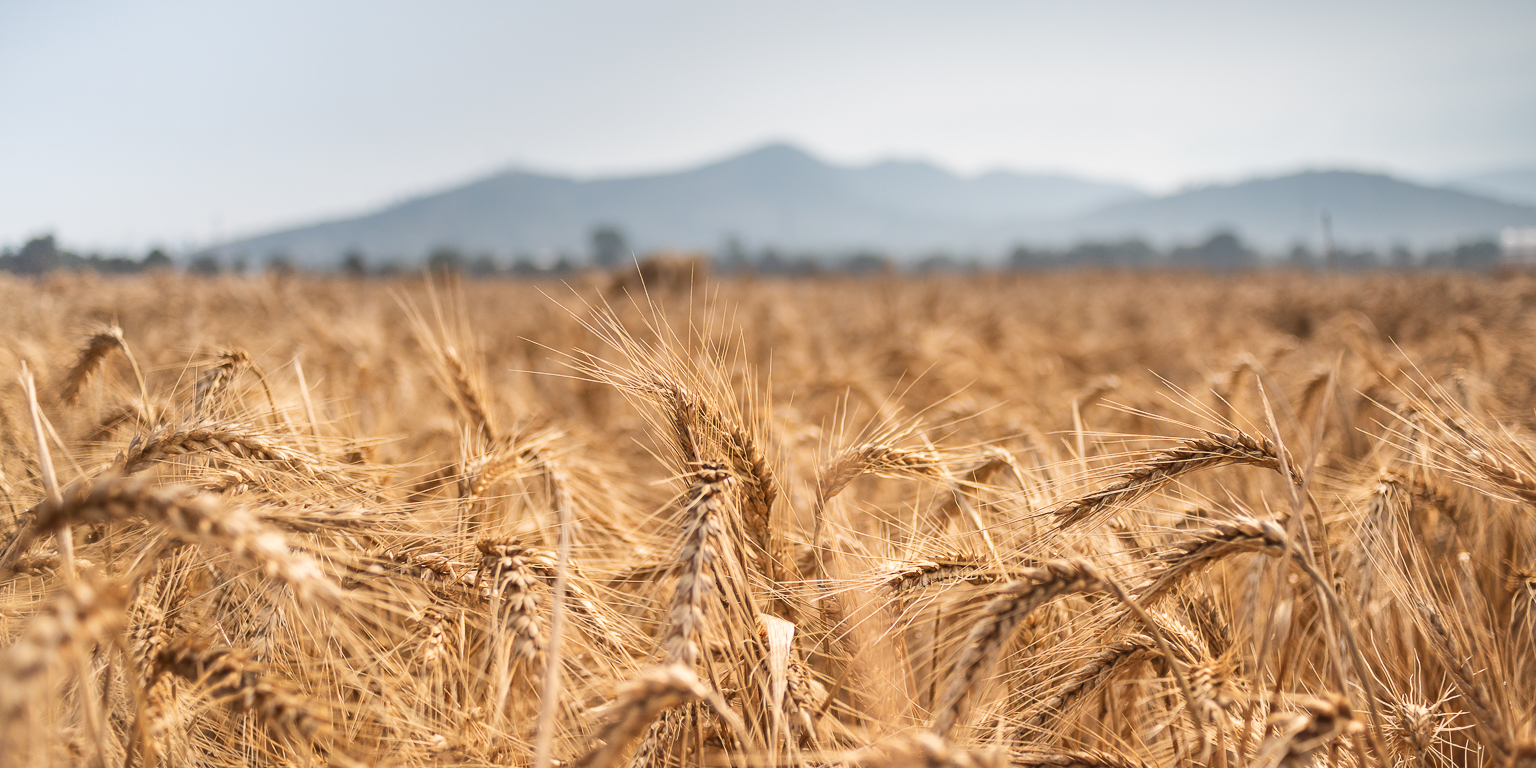Breaking Ground is a regular series featuring staff at CIMMYT

EL BATAN, Mexico (CIMMYT) — Molecular analysis research by Deepmala Sehgal, a wheat geneticist and molecular breeder who joined the International Maize and Wheat Improvement Center (CIMMYT) as an associate scientist in 2013, has led to the discovery of novel genes for yield, disease resistance and climate resilience in previously little-used wheat genetic resources.
But getting to the point of applying cutting-edge DNA marker technology to support CIMMYT wheat breeding has involved a few dramatic moves for the New Delhi native, who studied botany throughout middle school and university. “I loved science and chose plant science, because I enjoyed the field trips and didn’t like dissecting animals,” Sehgal said, explaining her choice of profession.
It wasn’t until she was studying for her Ph.D. at Delhi University in 2008 that she first used molecular markers, which are DNA segments near genes for traits of interest, like drought tolerance, and which can help breeders to develop improved crop varieties that feature those traits.
“For my thesis, I used molecular markers in a very basic way to analyze the diversity of safflower species that the U.S. Department of Agriculture had in its gene bank but didn’t know how to classify. I found a place for some and, for several, had to establish completely new subspecies,” Sehgal said.
Later, as a post-doctoral fellow at the University of Aberystwyth in Britain, Sehgal used an approach known as fine mapping of quantitative trait loci (QTL), for drought tolerance in pearl millet. “The aim of fine mapping is to get shorter QTL markers that are nearer to the actual gene involved,” she explained, adding that this makes it easier to use the markers for breeding.
As it turned out, Sehgal’s growing proficiency in molecular marker research for crops made her suited to work as a wheat geneticist at CIMMYT.
“By 2013, CIMMYT had generated a huge volume of new data through genotyping-by-sequencing research, but those data needed to be analyzed using an approach called “association mapping,” to identify markers that breeders could use to select for specific traits. My experience handling such data and working with drought stress gave me an in with CIMMYT.”
Based at CIMMYT’s Mexico headquarters, Sehgal currently devotes 70 percent of her time to work for the CIMMYT global wheat program and the remainder for Seeds of Discovery, a CIMMYT-led project supported by Mexico’s Ministry of Agriculture, Livestock, Fisheries and Food (SAGARPA), which aims to unlock new wheat genetic diversity able to address climate change challenges.
Over the last two years, she has served as lead author for two published studies and co-author for four others. One used genotyping-by-sequencing loci and gene-based markers to examine the diversity of more than 1,400 spring bread wheat seed collections from key wheat environments. Another applied genome-wide association analysis on a selection of landrace collections from Turkey.
“In the first, we discovered not only thousands of new DNA marker variations in landraces adapted to drought and heat, but a new allele for the vernalization gene, which influences the timing of wheat flowering, and new alleles for genes controlling grain quality, all in landraces from near wheat’s center of origin in Asia and the Middle East.”
Sehgal acknowledges the as-yet limited impact of molecular markers in wheat breeding. “Individual markers generally have small effects on genetically complex traits like yield or drought tolerance; moreover, many studies fail to account for “epistasis,” the mutual influence genes have on one another, within a genome.”
To address this, she and colleagues have carried out the first study to identify genomic regions with stable expression for grain yield and yield stability, as well as accounting for their individual epistatic interactions, in a large sample of elite wheat lines under multiple environments via genome wide association mapping. A paper on this work has been accepted for publication in Nature Scientific Reports.
Sehgal has found her experience at CIMMYT enriching. “I feel free here to pursue the work I truly enjoy and that can make a difference, helping our center’s wheat breeders to create improved varieties with which farmers can feed a larger, more prosperous global population in the face of climate change and new, deadly crop diseases.”
 Innovations
Innovations 